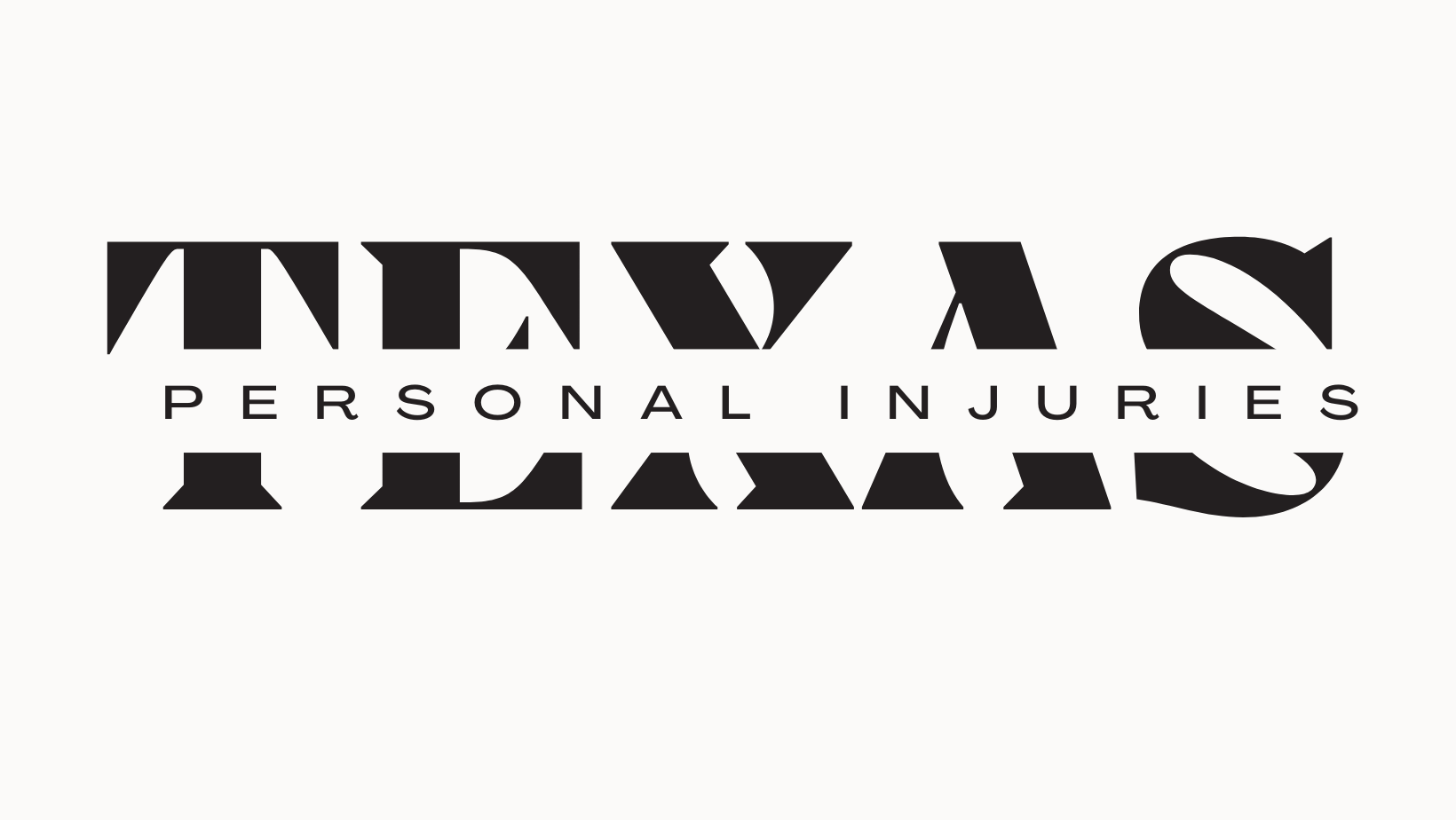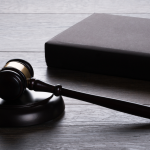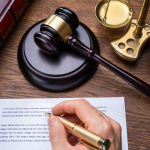Winning a personal injury case can provide a sense of relief and justice for victims, but sometimes, the initial verdict or settlement may not be satisfactory. Whether due to an unfavorable ruling, insufficient compensation, or legal errors during the trial, there are instances where you might need to appeal the decision. Navigating the appeals process can be complex and daunting, but understanding the steps involved and having the right legal support can make a significant difference. This detailed guide will help you understand the appeals process in personal injury cases, when to consider an appeal, and how to proceed effectively.
Understanding the Appeals Process:
What is an Appeal? An appeal is a request to a higher court to review and change the outcome of a lower court’s decision. It’s not a re-trial of the case but rather an examination of the legal processes and decisions to determine if there were significant errors that impacted the verdict.
When to Consider an Appeal:
- Legal Errors: If there were mistakes in how the law was applied or interpreted.
- Procedural Errors: If there were violations of legal procedures during the trial.
- Evidentiary Issues: If crucial evidence was improperly admitted or excluded.
- Jury Misconduct: If the jury acted inappropriately or was biased.
- Insufficient or Excessive Compensation: If the awarded compensation is unjustly low or excessively high.
Steps in the Appeals Process:
Consult with Your Attorney: Before proceeding with an appeal, discuss the potential grounds and merits of the appeal with your attorney. They can provide insight into the likelihood of success and the complexities involved.
Notice of Appeal:
- Filing the Notice: You must file a notice of appeal with the court that issued the original judgment. This typically must be done within a specified timeframe, usually 30 days from the date of the judgment.
- Content of the Notice: The notice should include details of the decision being appealed and the grounds for the appeal.
Preparing the Record on Appeal:
- Trial Record: This includes all documents, evidence, and transcripts from the original trial. The appellate court will review this record to determine if there were errors.
- Appellant’s Brief: Your attorney will prepare a legal brief outlining the errors made during the trial and arguments for why the decision should be reversed or modified.
Response from the Other Party:
- Appellee’s Brief: The opposing party will submit their brief, arguing why the original decision should be upheld.
Oral Arguments:
- In some cases, the appellate court may schedule oral arguments, allowing both parties to present their case and answer the judges’ questions.
Appellate Court Decision:
- Review and Ruling: The appellate court will review the briefs, the trial record, and oral arguments (if held) to make a decision.
- Possible Outcomes: The court can affirm the original decision, reverse it, remand the case back to the lower court for further proceedings, or modify the judgment.
Challenges and Considerations:
Time and Cost:
- Appeals can be time-consuming and expensive. It’s important to weigh the potential benefits against the costs and duration of the process.
Legal Expertise:
- Navigating an appeal requires specialized legal knowledge. Ensure you have an experienced appellate attorney to handle your case.
Limited Scope:
- Appeals are limited to reviewing legal and procedural errors. New evidence cannot be introduced, and factual determinations by the jury are rarely overturned.
Conclusion:
The appeals process in personal injury cases offers a critical avenue for addressing legal and procedural errors that affected the original verdict. While complex, understanding the steps involved and working with a skilled attorney can help you effectively navigate this process. If you believe your case warrants an appeal, consult with your attorney to evaluate the merits and develop a strategic approach to seeking justice.
Suggested Cover Photo:
For the cover photo of this blog post, consider using an image that visually represents the legal and procedural aspects of the appeals process. Here are a few suggestions:
- Gavel and Law Books: An image of a judge’s gavel resting on a stack of law books, symbolizing the legal review process.
- Courtroom Scene: A photo of an appellate court setting, highlighting the formal and procedural nature of appeals.
- Legal Documents: An image showing legal documents, briefs, and a gavel, representing the paperwork and legal arguments involved in an appeal.




Leave a Reply